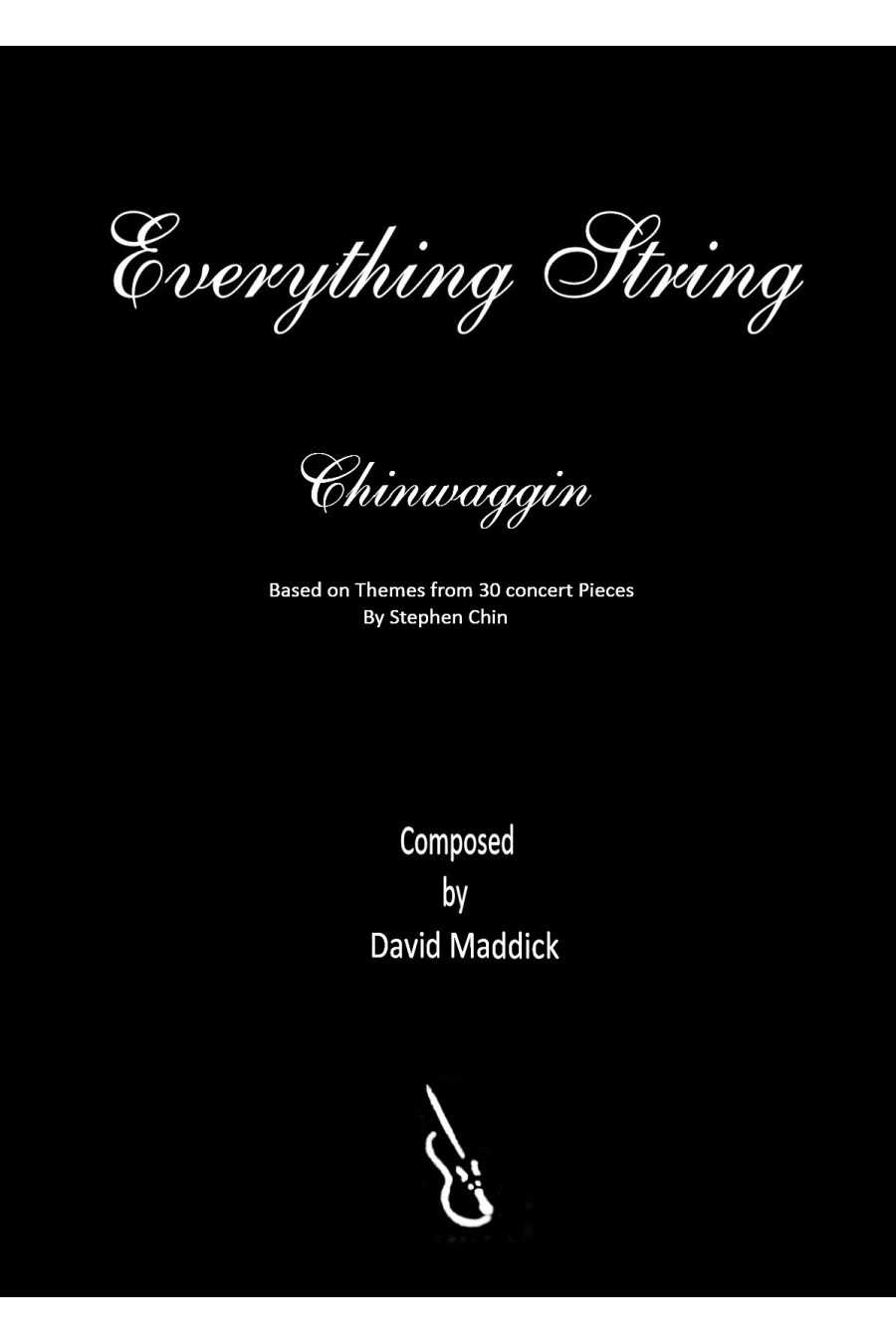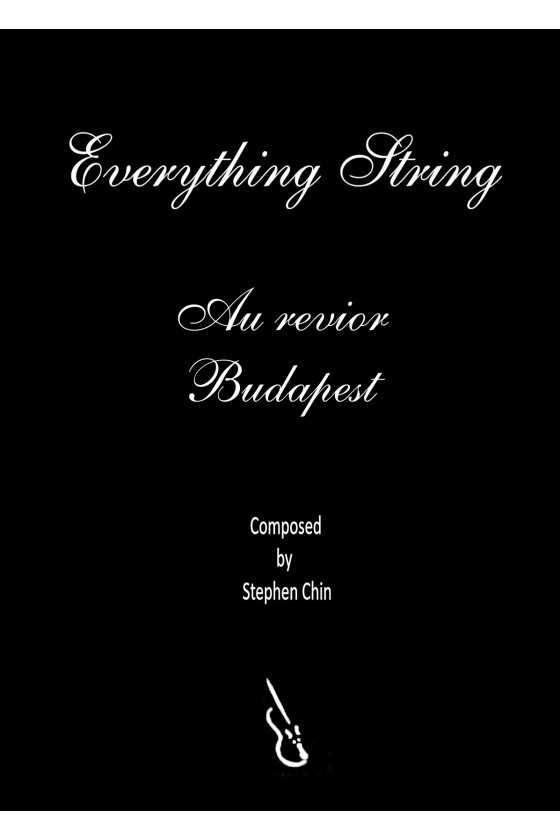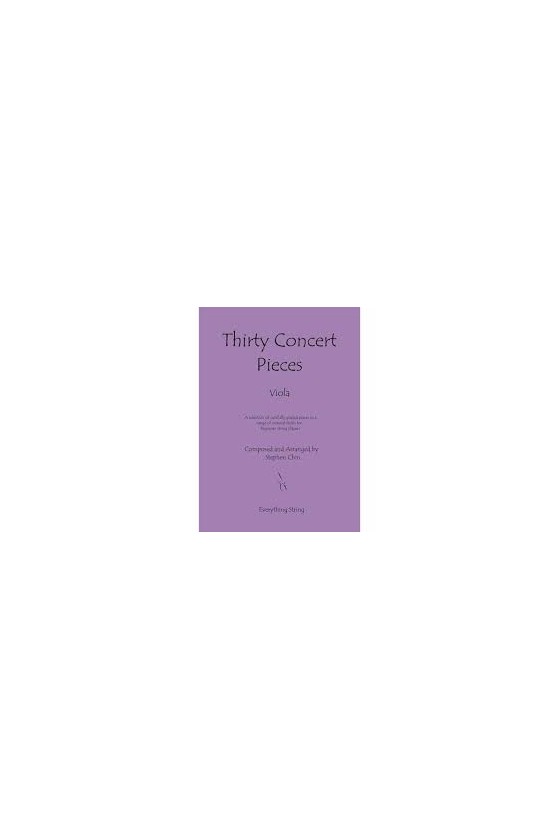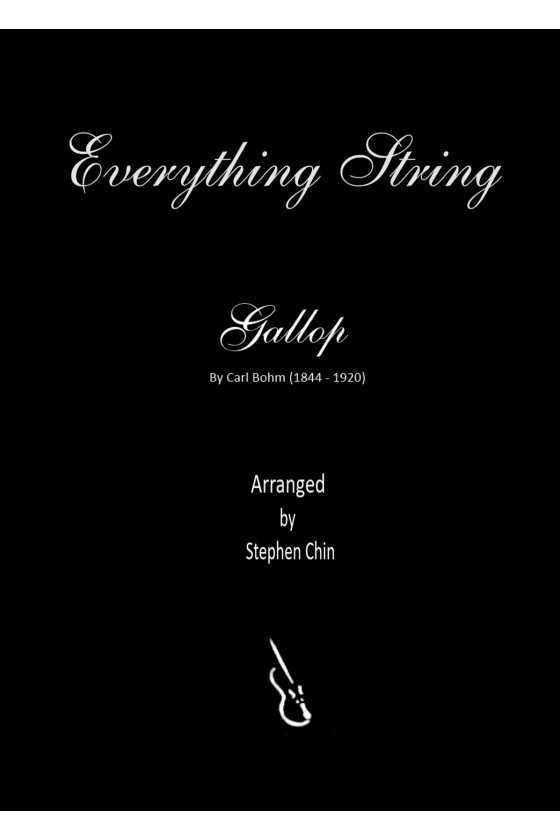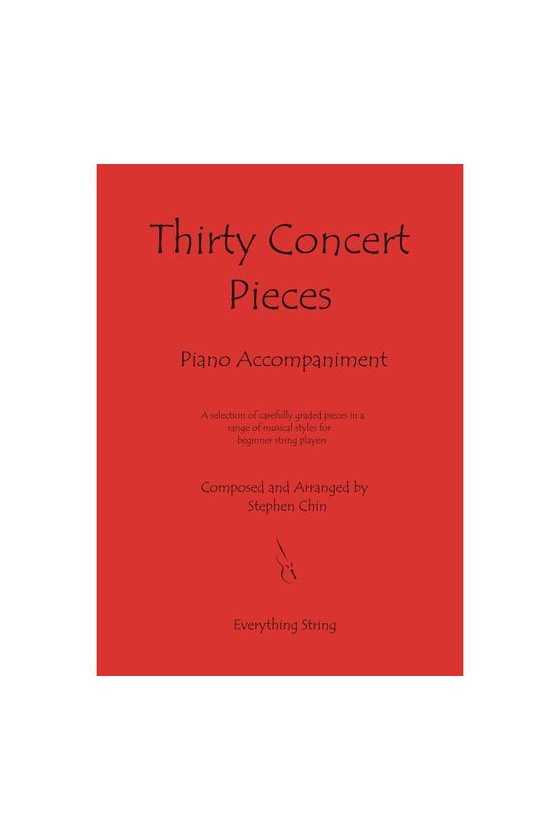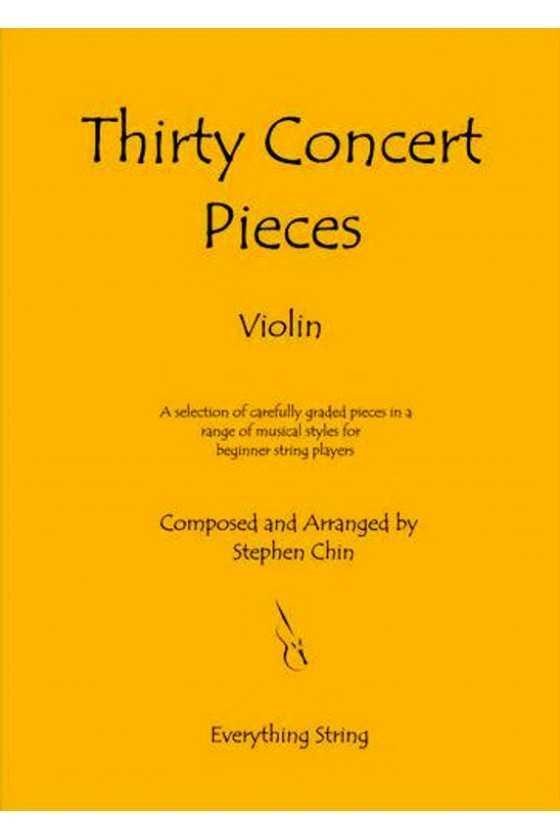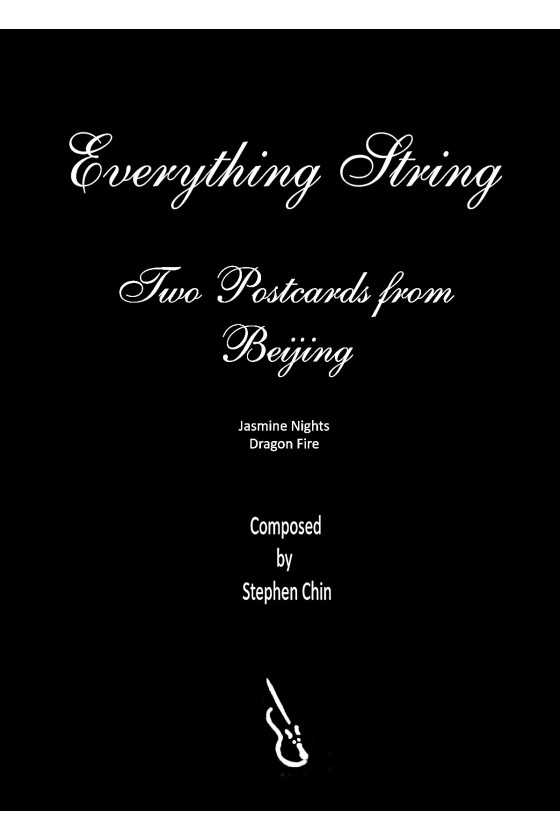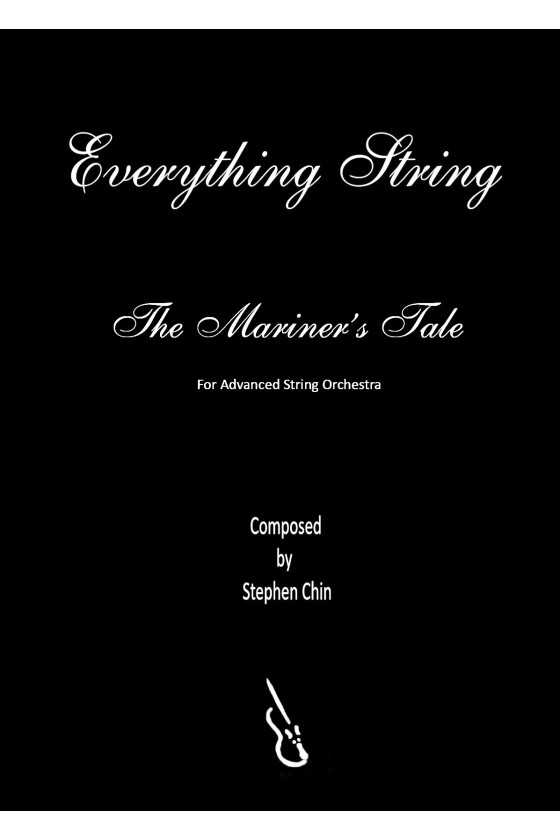Chinwagging by Stephen Chin arr. David Maddick
David Maddick compiled “Chinwagging” from the most popular tunes in “Thirty Concert Pieces” by Everything String. The piece teaches fundamental string techniques to young ensemble members, such as legato bowing, string crossing, re-taking, and right/left-hand pizzicato. It’s an enjoyable and solid introduction to foundational concepts.
For String Orchestra Grade 1
Chinwagging by Stephen Chin arr. David Maddick
David Maddick, a renowned and highly respected pedagogue of string instruments, skillfully crafted a beautiful medley using some of the most popular tunes from “Thirty Concert Pieces”, a previous publication from Everything String (ES 10). The medley, playfully named “Chinwagging” for obvious reasons, is a masterpiece that introduces young string ensemble players to fundamental string techniques such as legato bowing, string crossing, re-taking, and right and left-hand pizzicato. This delightful piece of work is not only enjoyable to listen to but also effectively underpinned by some solid foundational concepts, making it an excellent learning tool for young musicians.
For String Orchestra Grade 1
8 other products in the same category:
Au revoir Budapest by Stephen Chin
"Good-bye Budapest" is a traditional Hungarian czardas-style music piece. It begins with a haunting melody and languid strings, which then transition into a joyous free-for-all with various orchestra sections taking turns. A melancholic solo violin rendition is followed by the return of the czardas in D major, culminating in a ferocious presto. The music showcases a range of emotions, from introspection to frenzied joy and melancholy to ferocity.
For String Orchestra Grade 3
Galop By Bohm Arr. Stephen Chin
Carl Bohm (1844 - 1920) was a renowned composer and teacher for violinists. His famous pieces, "Moto Perpetuo" and "Galop," showcase double semiquavers and highlight the cellos in the latter. The work is shared around for everyone to shine.
For String Orchestra Grade 2.5
Two Postcards from Beijing by Stephen Chin (Grade 1.5)
Beijing's summer gardens are a wondrous place for a nocturnal stroll. "Jasmine Nights" and "Dragon Fire" are two musical pieces that capture the essence of the city's beauty and excitement.
1. Jasmine Nights
2. Dragon Fire
For String Orchestra Grade 1.5
The Mariner’s Tale by Stephen Chin (Advanced String Orchestra)
This is a shorter version of a musical piece for string orchestra, based on a longer version for massed strings. The piece is inspired by Samuel Coleridge's poem "The Rime of the Ancient Mariner", which tells the story of a ship at sea that experiences misfortune after an albatross is killed. The work expresses feelings of loss and grace. The faster section of the piece depicts the ship being tossed around by the rough ocean.
For String Orchestra Level 4

